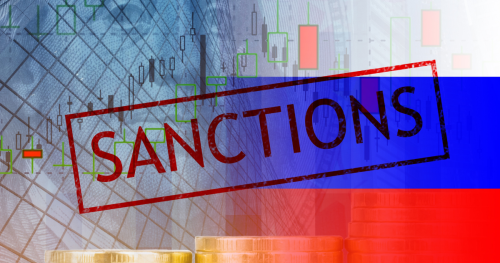 On March 2, 2022, the European Union issued another round of restrictive measures targeting Russia (both individuals and legal entities). This time, the Council of the European Union approved the suspension of broadcast of “Sputnik” and “Russia Today” in the European Union until the aggression against Ukraine is brought to an end and the Russian Federation and its associated outlets cease conducting disinformation and information manipulation actions against the EU and its member states. “Sputnik” and “Russia Today” are under the permanent direct or indirect control of the authorities of the Russian Federation and are key to promoting and supporting military aggression against Ukraine and destabilizing neighboring countries.
On March 2, 2022, the European Union issued another round of restrictive measures targeting Russia (both individuals and legal entities). This time, the Council of the European Union approved the suspension of broadcast of “Sputnik” and “Russia Today” in the European Union until the aggression against Ukraine is brought to an end and the Russian Federation and its associated outlets cease conducting disinformation and information manipulation actions against the EU and its member states. “Sputnik” and “Russia Today” are under the permanent direct or indirect control of the authorities of the Russian Federation and are key to promoting and supporting military aggression against Ukraine and destabilizing neighboring countries.
Moreover, on February 28, 2022, the Council of the European Union approved:
- a ban on transactions with the Russian Central Bank;
- a € 500 million support package to finance equipment and supplies for the Ukrainian armed forces;
- an EU airspace flyover ban and a ban on access to EU airports for Russian carriers of all kinds;
- new sanctions on 26 persons and 1 entity, including individuals connected to the oil, banking, and finance sectors, as well as members of the Russian government, military, and media.
On February 25, 2022, the European Union decided to freeze the assets of Vladimir Putin, president of the Russian Federation, and Sergey Lavrov, foreign minister of the Russian Federation.
On February 23, 2022, the Council of the European Union agreed on a first package of sanctions in response to Russia’s recognition of the non-government controlled areas of the Donetsk and Luhansk oblasts in Ukraine as independent entities.
Indeed, since March 2014, the European Union has imposed increasingly restrictive measures in response to the:
- illegal annexation of Crimea in 2014;
- decision to recognize the non-government controlled areas of Donetsk and Luhansk oblasts as independent entities in 2022;
- unprovoked and unjustified military aggression against Ukraine in 2022.
In response to this last item, the European Union imposed several different types of restrictive measures, namely:
- diplomatic measures;
- individual restrictive measures (asset freezes and travel restrictions);
- restrictions on economic relations with Crimea and Sevastopol and with the non-government controlled areas of Donetsk and Luhansk;
- economic sanctions;
- sanctions on media;
- restrictions on economic cooperation.
The full list of the measures, decisions, and regulations approved as of now is accessible here. For a timeline of the restrictive measures enacted from 2014 to the present, please click here.


